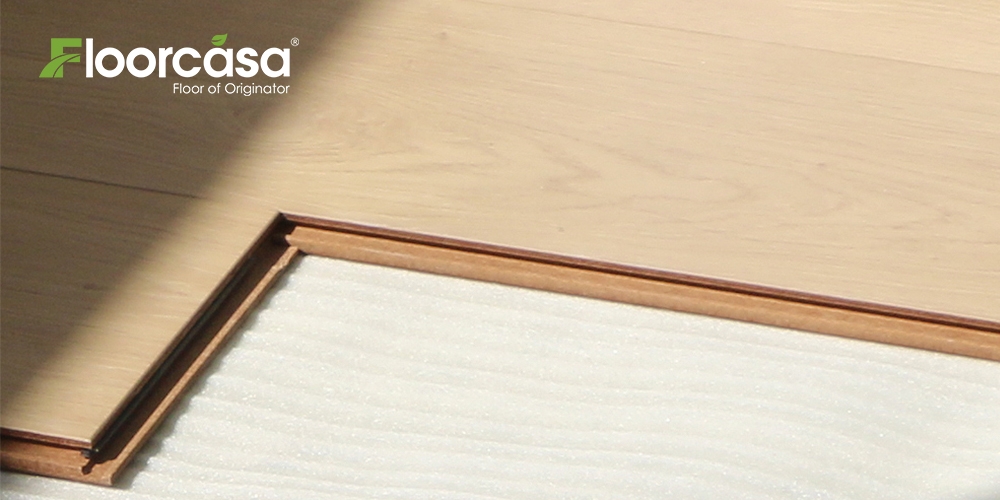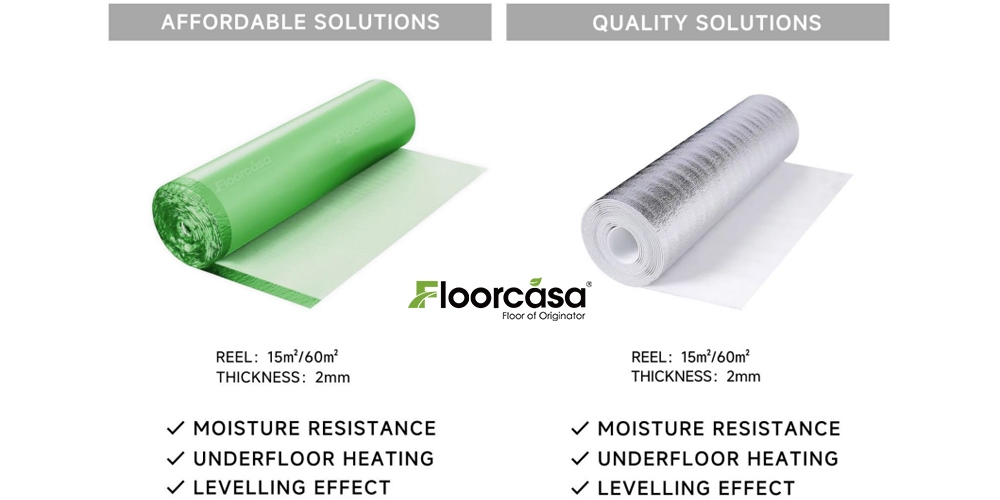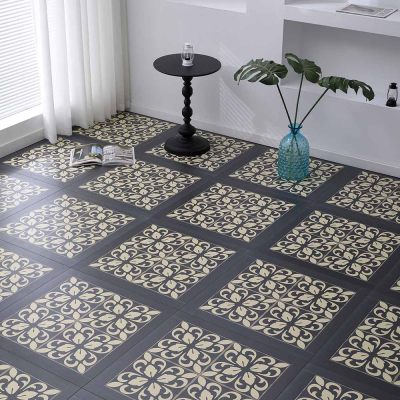How to Choose the Right Floor Underlayment | FLOORMAKER
When installing new flooring, many homeowners focus on selecting the perfect type of wood, laminate, or vinyl. However, the floor underlayment (or subfloor padding) is an equally critical component that ensures your flooring’s longevity, comfort, and performance. At JINING FLOORMAKER HOME CO., LTD, Knowing how crucial this concealed layer is, we’ve dedicated ourselves to walking you through its significance, the factors to consider when choosing it, and the optimal installation techniques.
Why Floor Underlayment Matters
Moisture Protection
Underlayment acts as a barrier against moisture rising from the subfloor, preventing warping, mold, or rot—especially crucial for hardwood and laminate flooring.
Sound Insulation
It reduces noise transmission between floors, creating a quieter indoor environment. This is vital for apartments or multi-level homes.
Thermal Insulation
Certain underlayments improve energy efficiency by adding an extra layer of insulation, keeping rooms warmer in winter and cooler in summer.
Smoothing Subfloor Imperfections
Underlayment compensates for minor subfloor unevenness, ensuring a stable base for your flooring and preventing premature wear.
Enhanced Comfort
It adds cushioning underfoot, making rigid flooring like laminate or tile feel softer and more comfortable.
How to Choose the Right Floor Underlayment
Selecting the correct underlayment depends on your flooring type, subfloor condition, and specific needs. Here’s what to consider:
1. Flooring Material Compatibility
Laminate Flooring: Opt for foam or cork underlayment with a moisture barrier.
Engineered Wood: Use a breathable underlayment to prevent trapped moisture.
Vinyl Plank (LVT): Choose thin, dense underlayment to avoid compromising the locking system.
Carpet: A separate underlayment (like rubber or felt) improves cushioning and durability.
2. Subfloor Type and Condition
Concrete Subfloors: Require a vapor barrier to block moisture.
Wood Subfloors: Use underlayment with soundproofing properties.
Uneven Subfloors: Self-leveling underlayment or thicker padding may be needed.
3. Material Types
Foam: Affordable and easy to install, ideal for noise reduction.
Rubber: Durable and moisture-resistant, perfect for high-traffic areas.
Cork: Eco-friendly, antimicrobial, and excellent for insulation.
Combined Moisture Barrier: Integrated plastic layers for moisture-prone areas.
4. Environmental Factors
In humid climates, prioritize underlayment with superior moisture resistance.
For eco-conscious buyers, look for recycled or low-VOC materials.
5. Thickness
Thicker underlayments (6mm+) offer better soundproofing and comfort but may not suit all flooring types (e.g., rigid core vinyl). Always check manufacturer guidelines.
Installation Tips for Floor Underlayment
Even the best underlayment won’t perform well if installed incorrectly. Follow these steps:
Prepare the Subfloor
Clean the subfloor thoroughly, removing debris, nails, or old adhesive.
Ensure the surface is dry and level.
Lay the Underlayment Correctly
Roll out underlayment sheets perpendicular to the direction of your flooring.
Avoid overlapping seams; tape edges securely with manufacturer-approved tape.
Trim excess material around edges and obstacles.
Mind the Vapor Barrier
For concrete subfloors, ensure the vapor barrier side faces upward.
Follow Flooring Guidelines
Some flooring (e.g., click-lock systems) requires specific underlayment thickness. Deviating can void warranties.
Allow Expansion Gaps
Leave a small gap (¼ inch) between underlayment and walls to accommodate expansion.
Final Thoughts
Floor underlayment may not get the spotlight, but it’s absolutely essential for a flooring installation to succeed.By choosing the right type and installing it properly, you’ll enhance comfort, and enjoy a flawless finish. At JINING FLOORMAKER HOME CO., LTD, we offer premium underlayment solutions tailored to your flooring needs. Contact us today for expert advice or to explore our range of products! www.floorcasa.com








